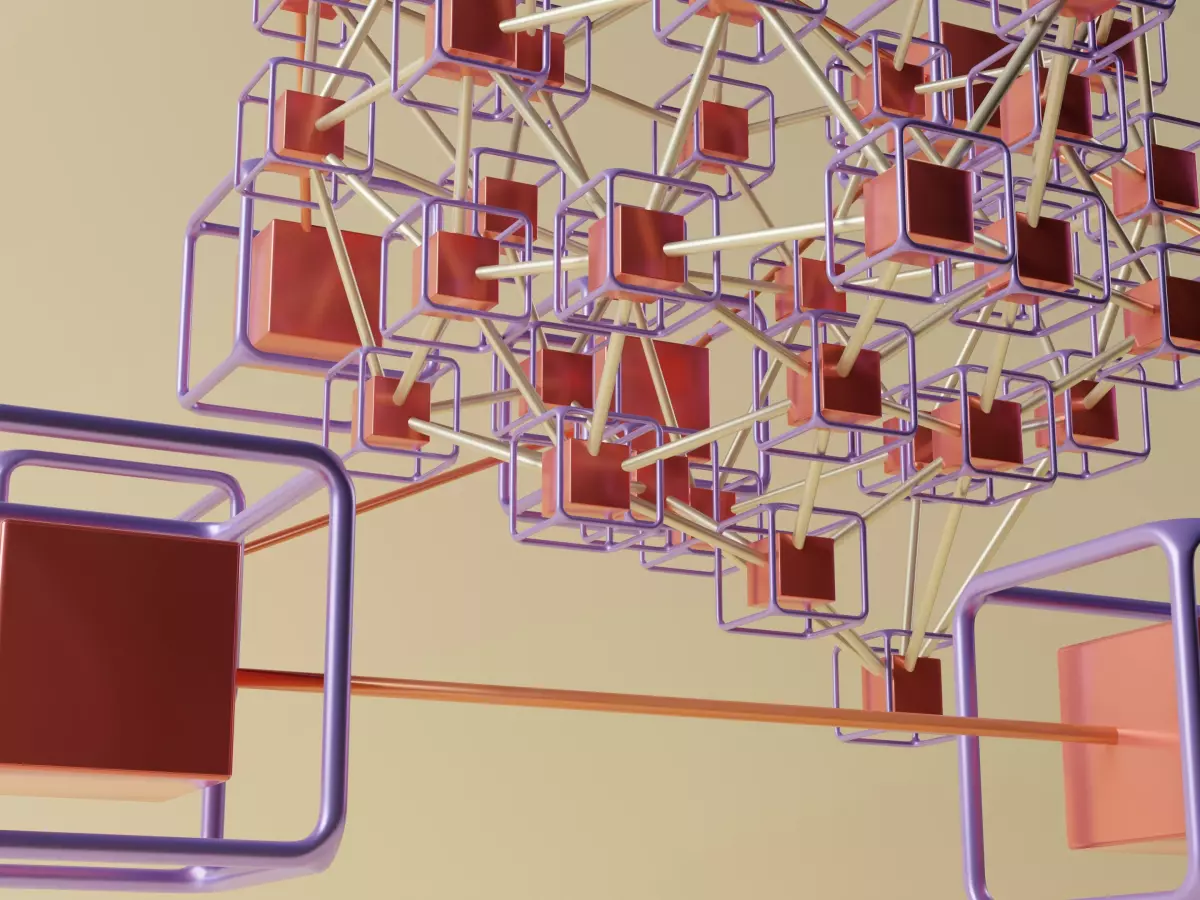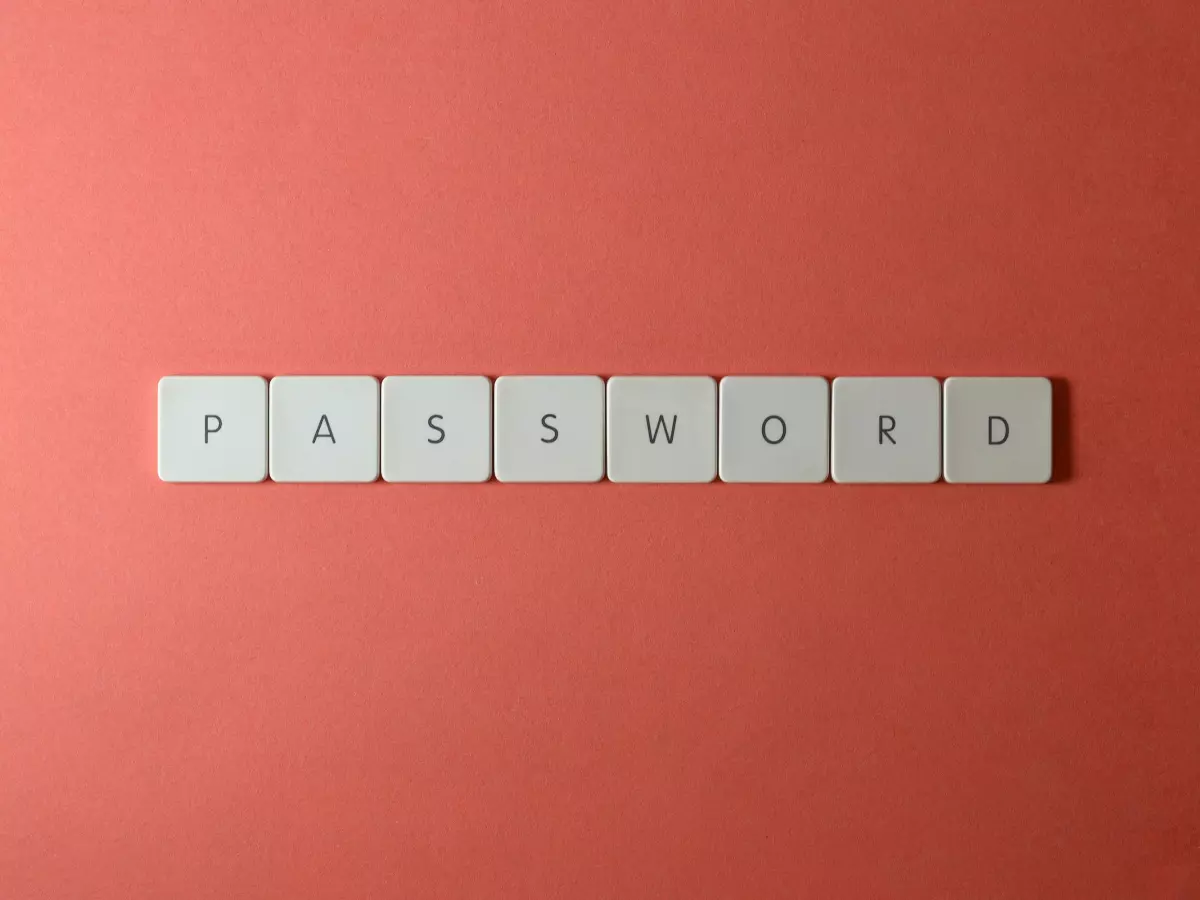Mastering Crypto Keys
Think your crypto wallet is impenetrable? Think again. Most people believe their private keys are safe just because they use a hardware wallet or a secure app. But the truth is, the real magic of securing your crypto lies in how blockchain technology manages those keys.

By Nina Schmidt
Let’s face it—managing private keys is the Achilles' heel of cryptocurrency. Lose your private key, and your funds are gone forever. Share it, and you’re at the mercy of whoever has it. It’s a high-stakes game, and the rules are unforgiving. But here’s the good news: blockchain technology is stepping up to make this process not just safer but smarter.
At its core, blockchain is a distributed ledger that thrives on decentralization and cryptographic security. When it comes to key management, this translates to a system that can eliminate single points of failure. Imagine a world where losing your private key doesn’t mean losing access to your funds. Sounds like a dream? Blockchain is making it a reality through innovations like multi-signature wallets and threshold cryptography.
Multi-signature wallets, or multisig, are a game-changer. Instead of relying on a single private key, these wallets require multiple keys to authorize a transaction. Think of it as needing two or three keys to unlock a vault. This drastically reduces the risk of theft or accidental loss. Even if one key is compromised, the others remain secure, and your assets stay protected.
Then there’s threshold cryptography, a more advanced approach. This technique splits a private key into multiple parts, distributing them across different nodes or devices. To sign a transaction, a predefined number of these parts must come together. It’s like assembling a puzzle—without all the pieces, the picture remains incomplete. This method not only enhances security but also aligns perfectly with blockchain’s decentralized ethos.
But wait, there’s more. Blockchain is also paving the way for self-sovereign identity, where users can control their digital identities without relying on centralized entities. This concept extends to key management, allowing individuals to securely store and manage their keys using decentralized identifiers (DIDs). It’s like having a digital safe deposit box that only you can access, no matter where you are in the world.
Of course, no system is foolproof. Blockchain-based key management still faces challenges, such as usability and accessibility. Let’s be honest—most people aren’t cryptography experts. If the process is too complicated, users might resort to less secure methods, like writing their keys on sticky notes (please don’t do this). That’s why the future of blockchain key management lies in striking the perfect balance between security and user-friendliness.
So, what’s the takeaway here? Blockchain isn’t just about decentralization or fancy cryptographic algorithms. It’s about empowering you to take control of your digital assets without compromising on security. Whether it’s through multisig wallets, threshold cryptography, or self-sovereign identity, the technology is evolving to make crypto key management more robust and accessible.
In the end, securing your crypto is like locking up a treasure chest. The stronger and smarter the lock, the safer your treasure. And with blockchain, that lock just keeps getting better.





